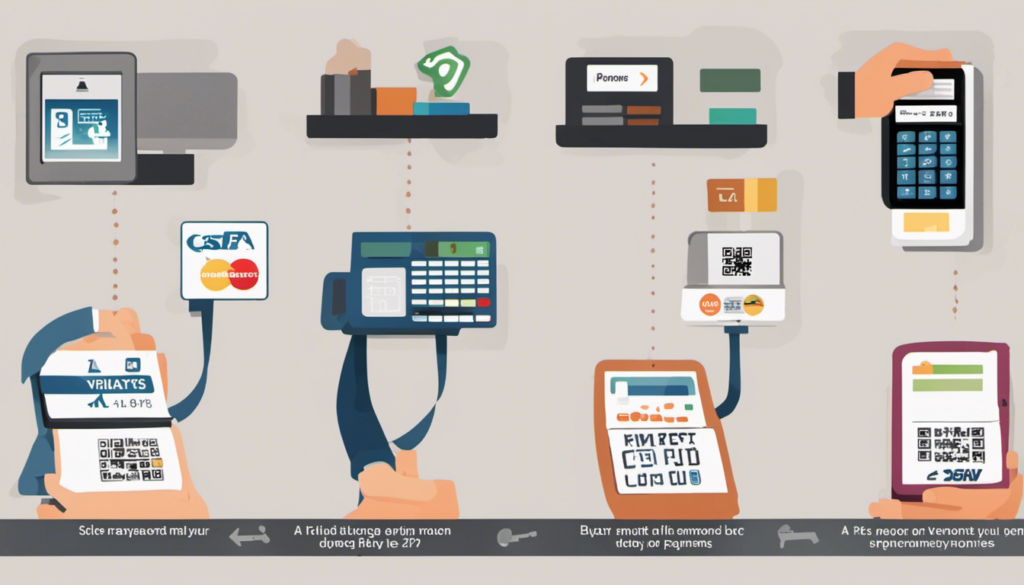Charting the Transformation of Digital Payment Systems
From Mobile Wallets to Contactless Transactions
Digital payment systems have undergone significant transformations in recent years, moving from traditional mobile wallets to the rising popularity of contactless transactions. This evolution has changed the way individuals and businesses conduct their financial transactions, offering greater convenience, security, and accessibility. In this article, we will explore the key milestones and advancements in digital payment systems, highlighting the shift from mobile wallets to contactless transactions and the benefits they offer.
1. Mobile Wallets: A Disruptive Innovation
Mobile wallets, also known as e-wallets, revolutionized the way individuals made transactions using their smartphones. With the introduction of mobile payment apps like Apple Pay, Google Pay, and Samsung Pay, users could store their credit card information securely on their devices and make payments by simply tapping or scanning their smartphones at contactless payment terminals. This innovation eliminated the need to carry physical wallets or credit cards and provided a seamless, cashless payment experience.
| Advantages | Explanation |
|---|---|
| Convenience | Easy and quick payment process with just a tap or scan |
| Security | Encryption and tokenization techniques protect sensitive information |
| Accessibility | Compatible with a wide range of smartphones and operating systems |
However, mobile wallets relied on near field communication (NFC) technology, which required both the smartphone and the payment terminal to be in close proximity for the transaction to occur. This limitation sparked the need for a more advanced and contactless payment method.
2. Contactless Transactions: Tap and Go
Contactless transactions emerged as the next generation of digital payments, enabling users to make purchases without physically touching the payment terminal. This technology, commonly referred to as near-field communication (NFC), allows for secure data transmission between a customer’s device and the contactless reader. By simply tapping their smartphones or contactless cards on the payment terminals, users can complete transactions swiftly and effortlessly.
| Benefits | Explanation |
|---|---|
| Speed | Instantaneous transactions with no need to insert cards or enter PINs |
| Hygiene | Avoid physical contact with payment terminals, reducing germ transmission risks |
| Security | Encrypted data transmission and tokenization protect sensitive information |
The implementation of contactless transactions is witnessed in various industries, from retail stores and transportation systems to restaurants and entertainment venues. It provides a faster, more convenient, and safer payment experience for both consumers and merchants. Additionally, contactless technology is evolving beyond smartphones and credit cards, with wearable devices and Internet of Things (IoT) devices, such as smartwatches and smart home assistants, incorporating contactless payment capabilities.
Conclusion
The transformation of digital payment systems has significantly influenced the way we conduct financial transactions. The revolutionary introduction of mobile wallets and the subsequent adoption of contactless transactions have reshaped the payment landscape, offering enhanced convenience, security, and accessibility for users worldwide. As technology continues to advance, we can expect further innovations in digital payment systems, driving us toward a future where traditional physical wallets and cash become obsolete.




